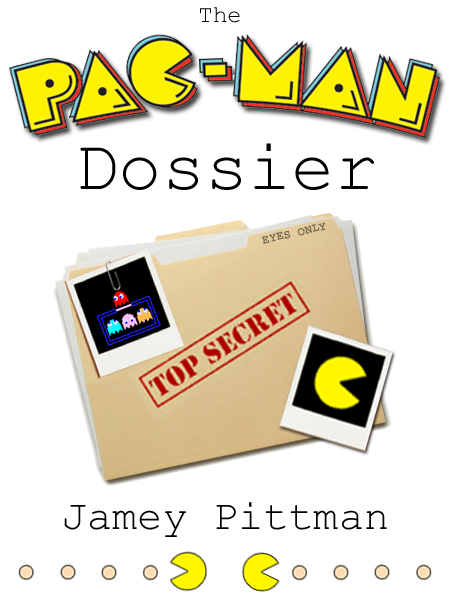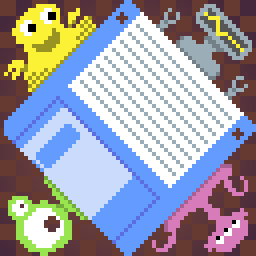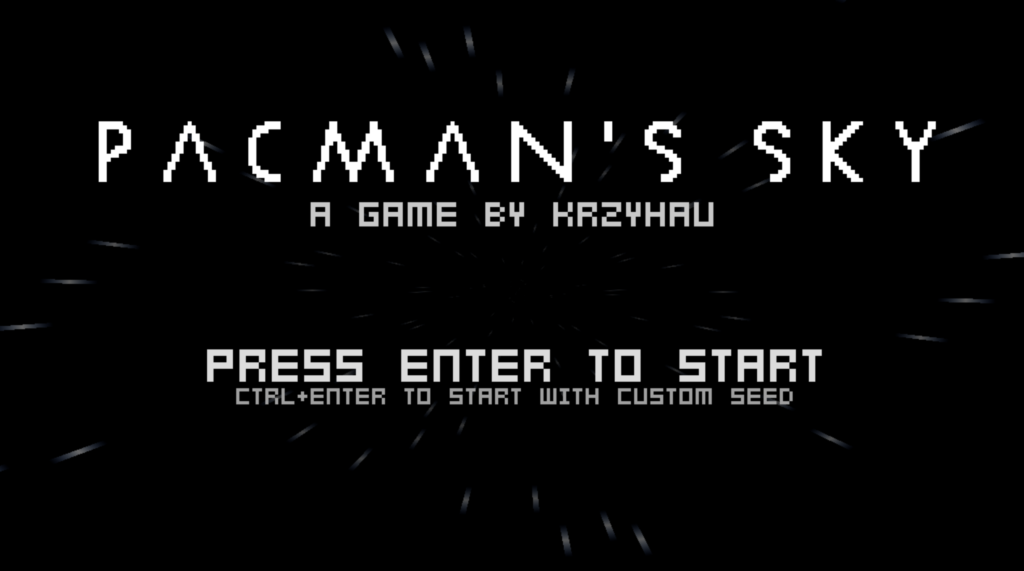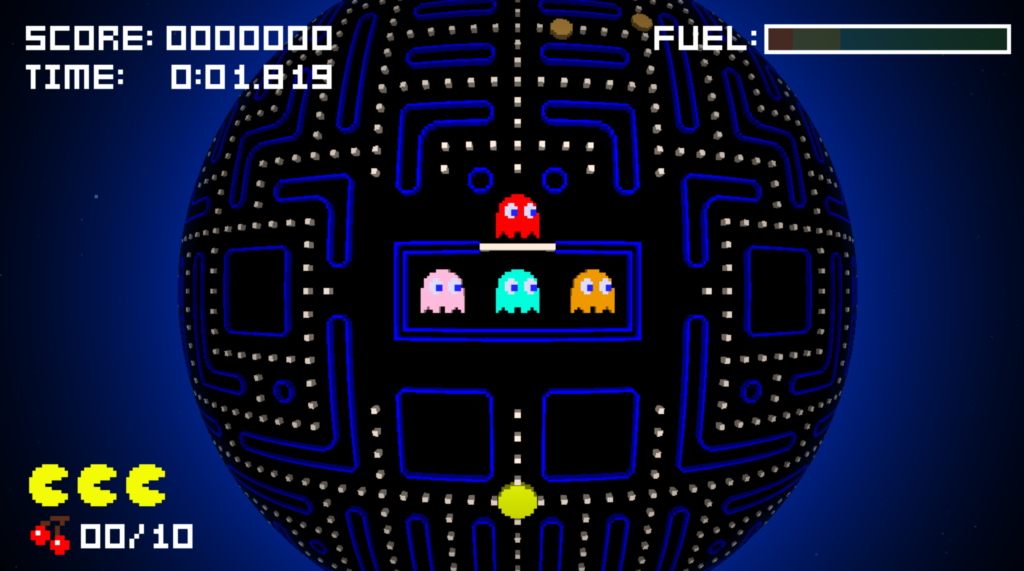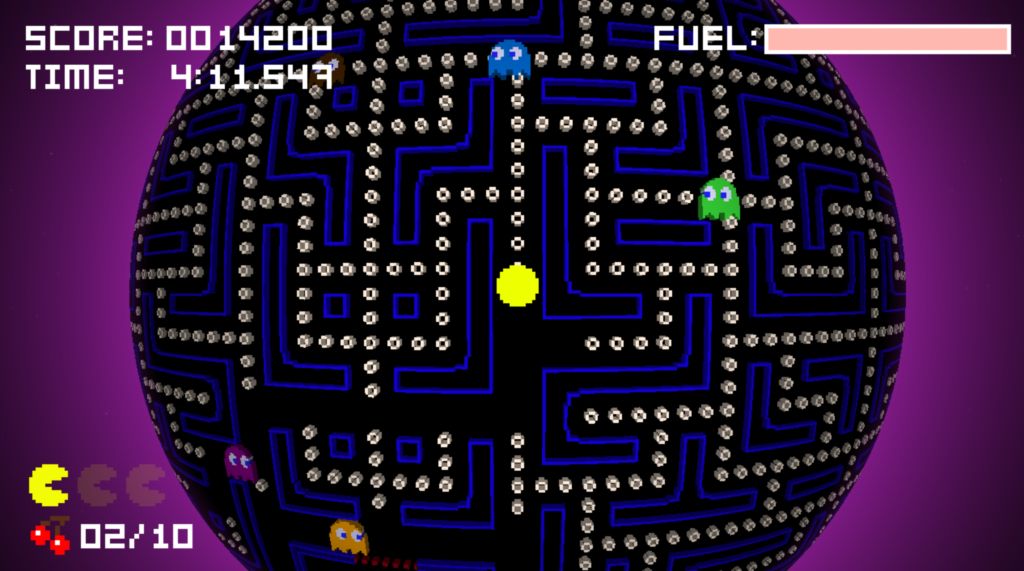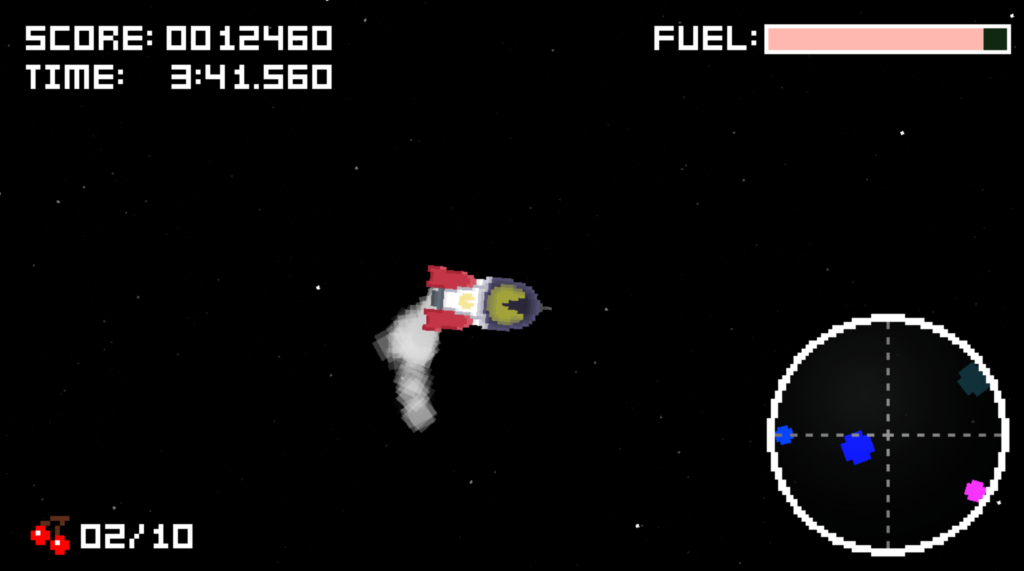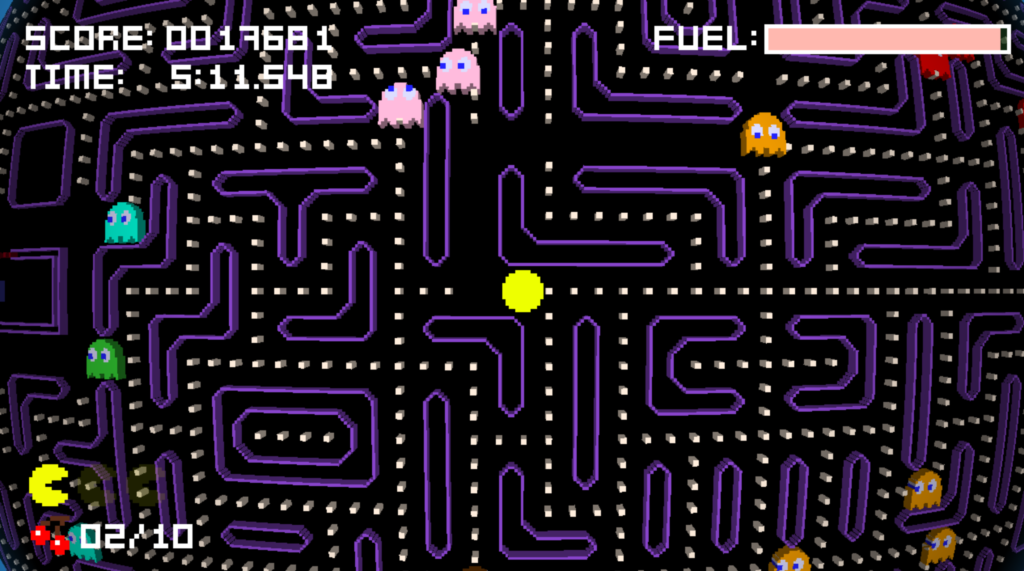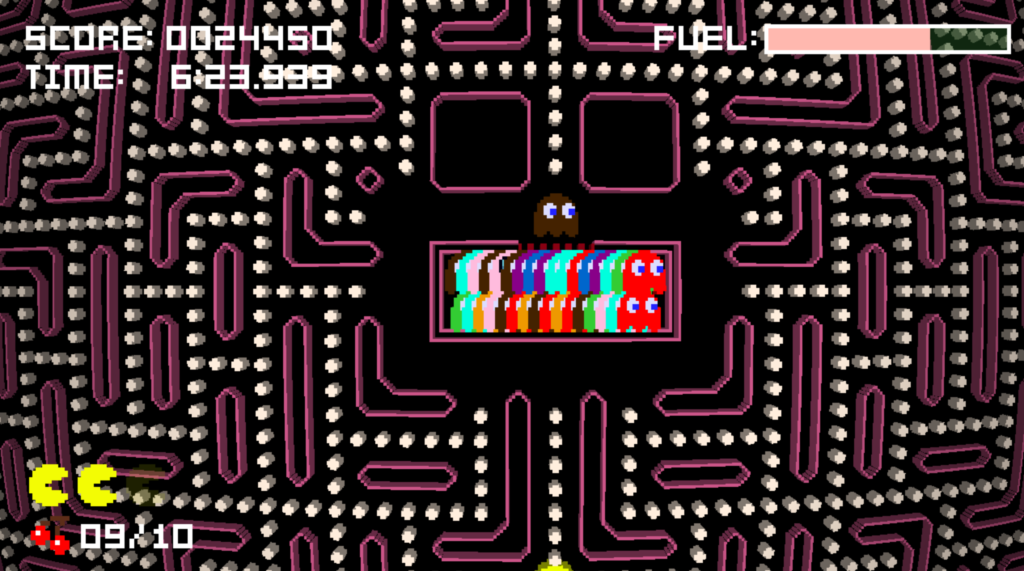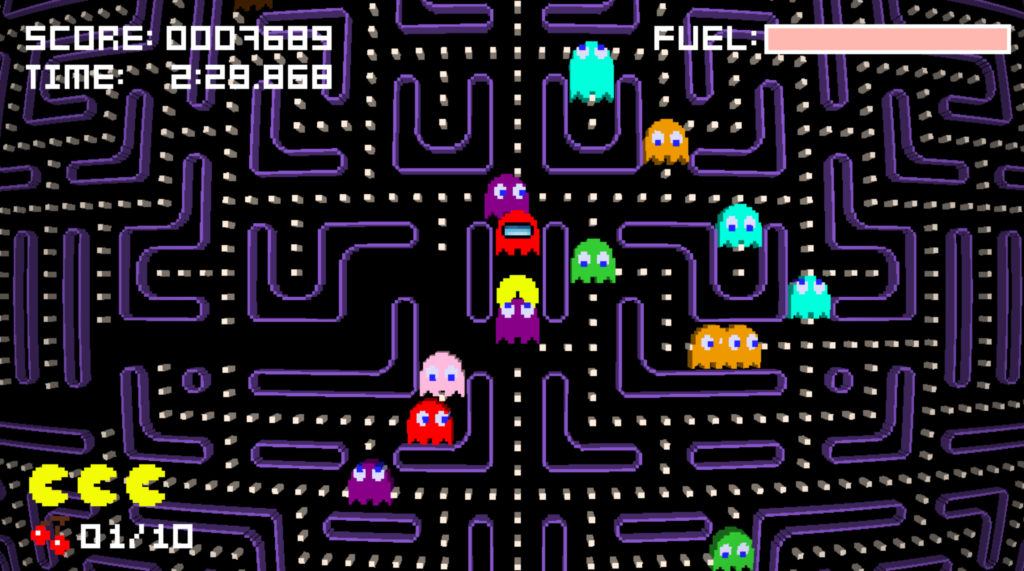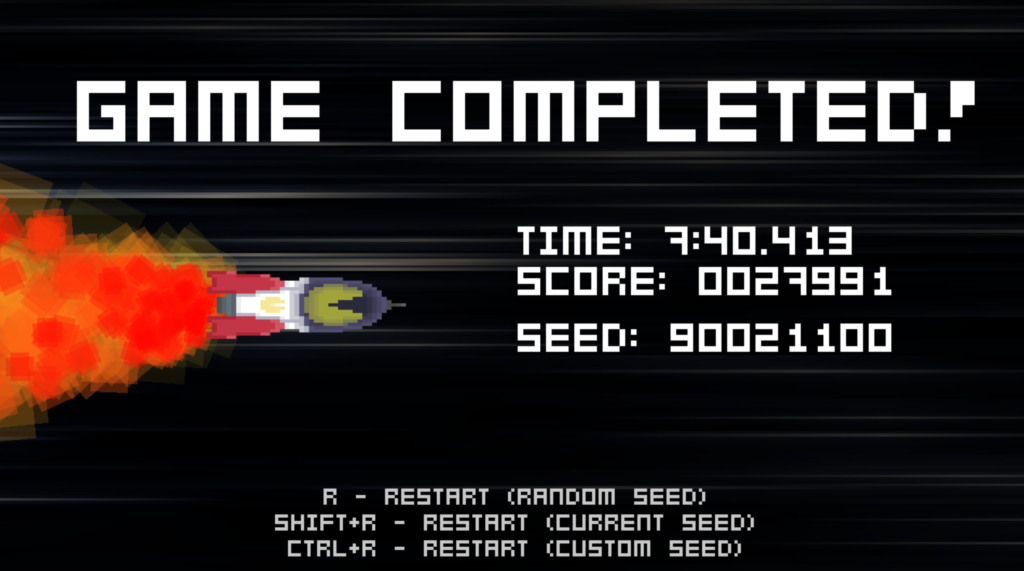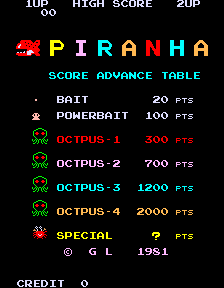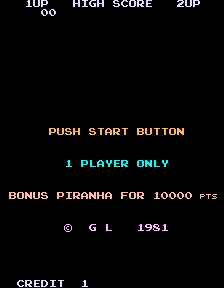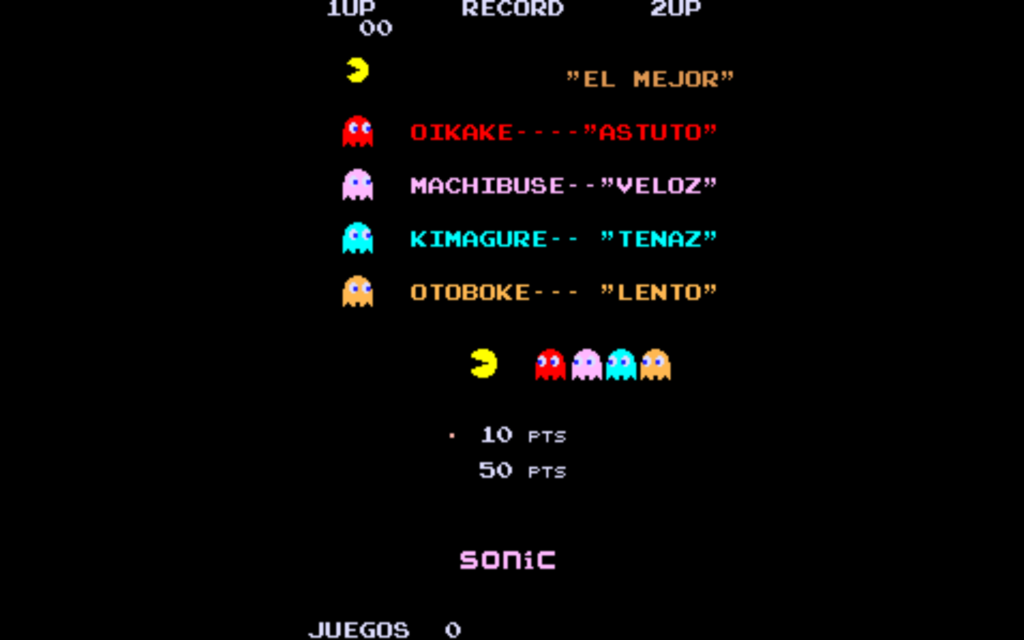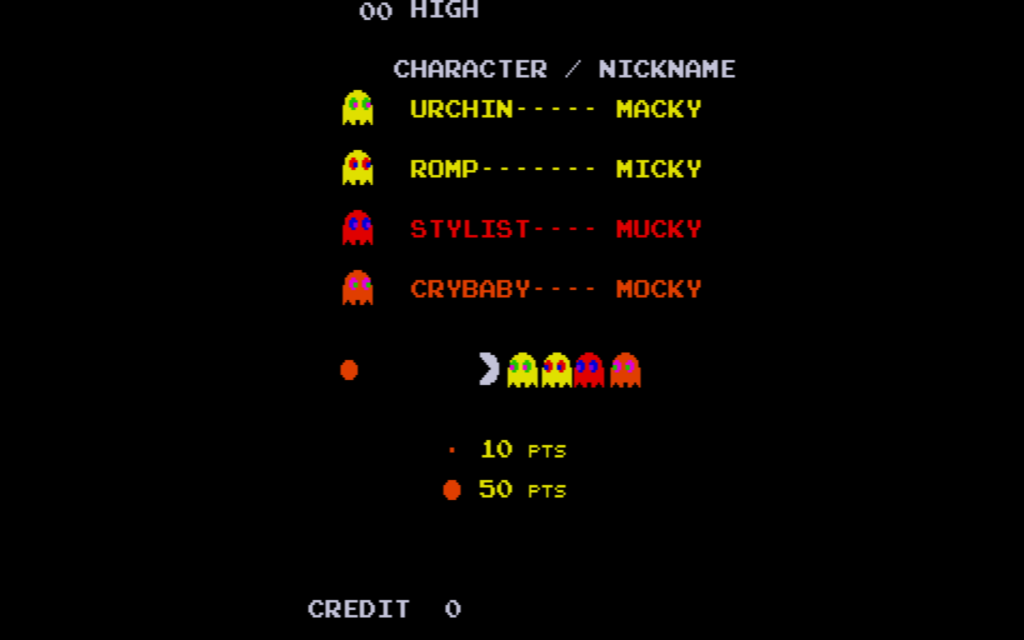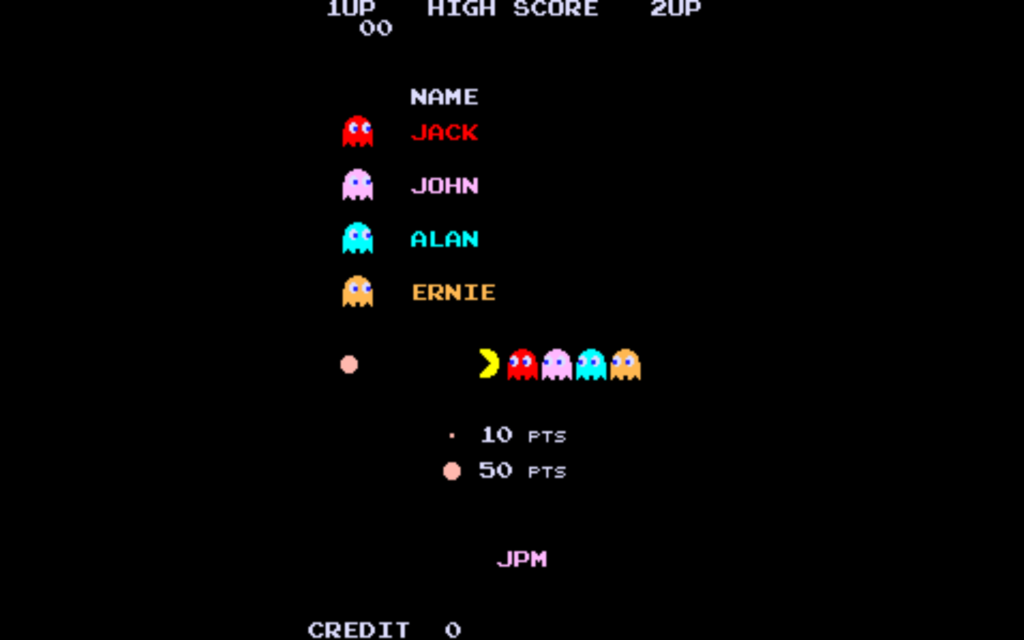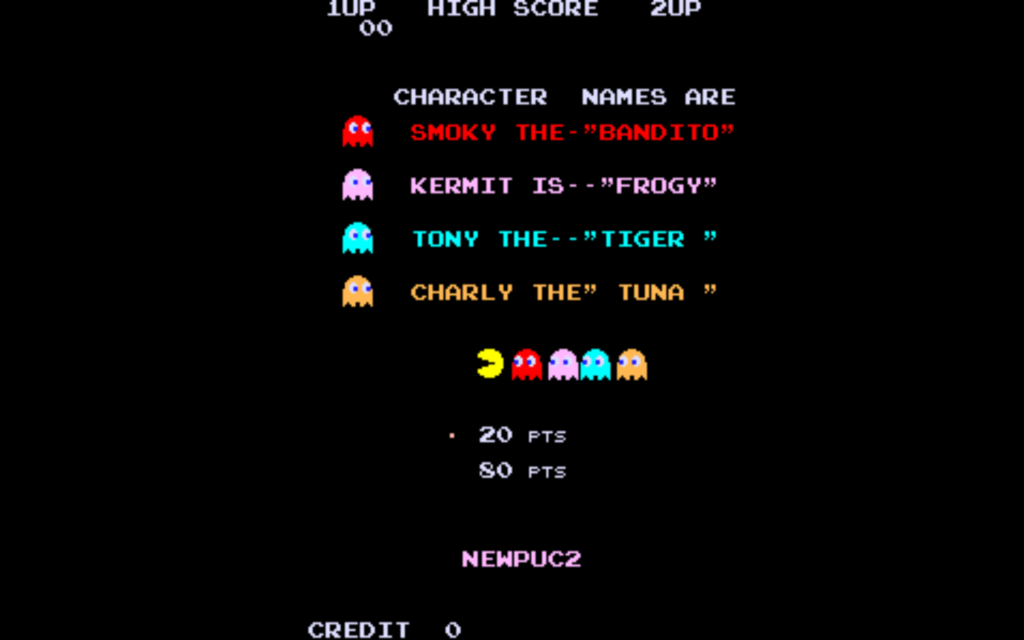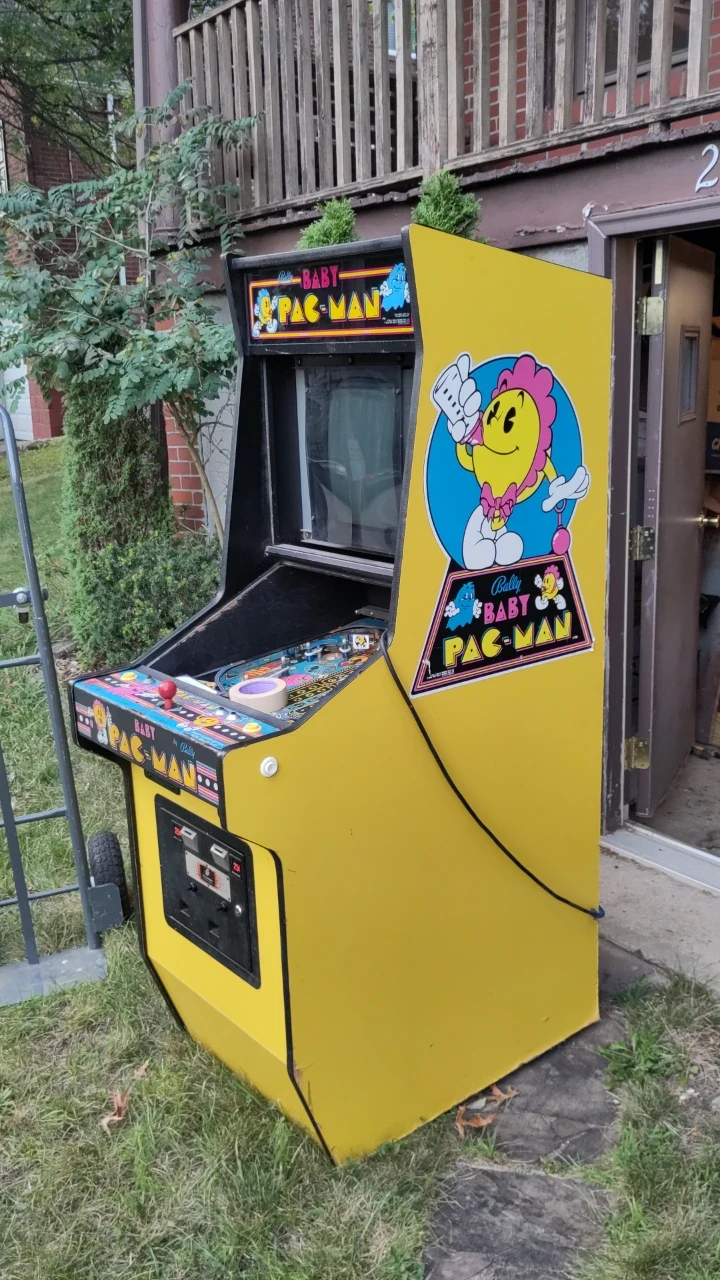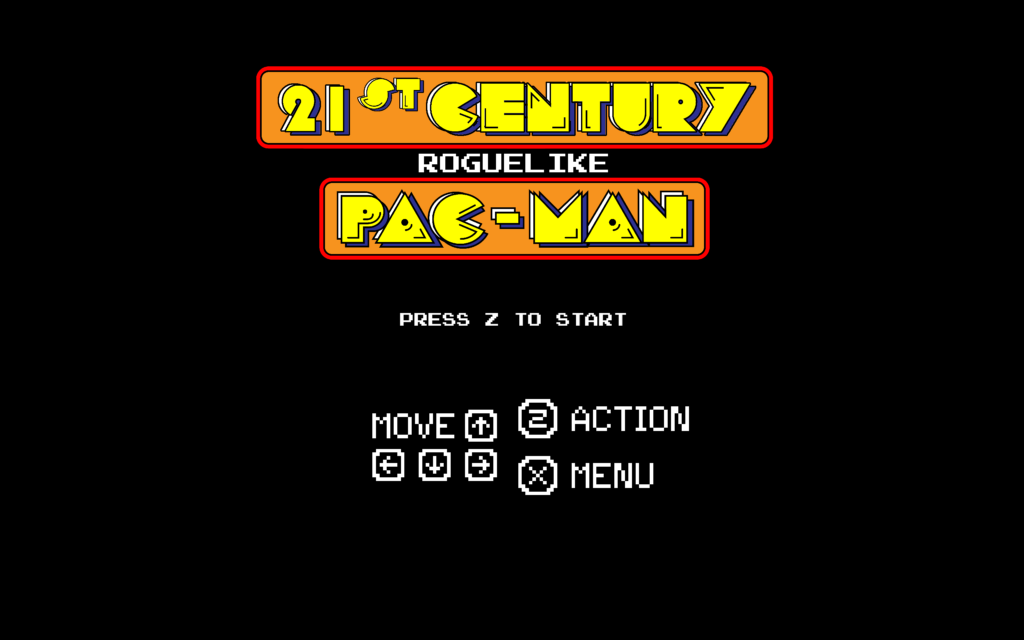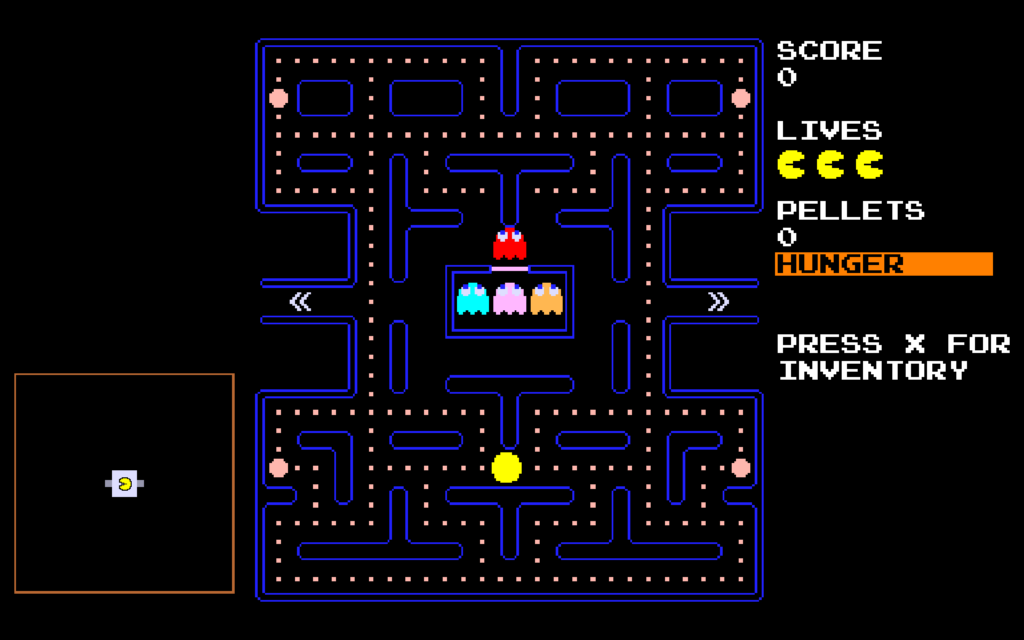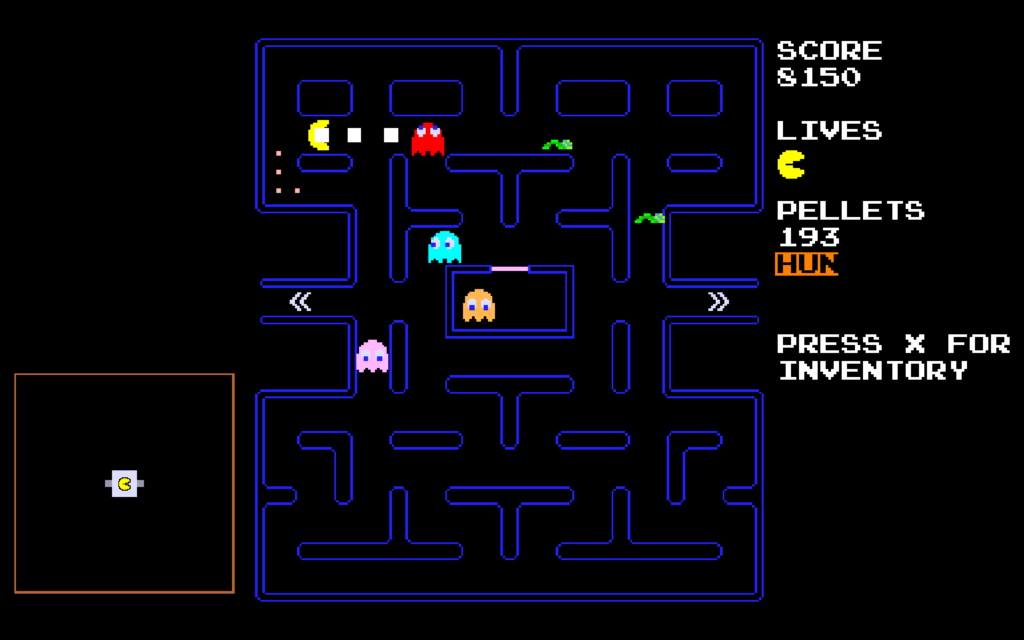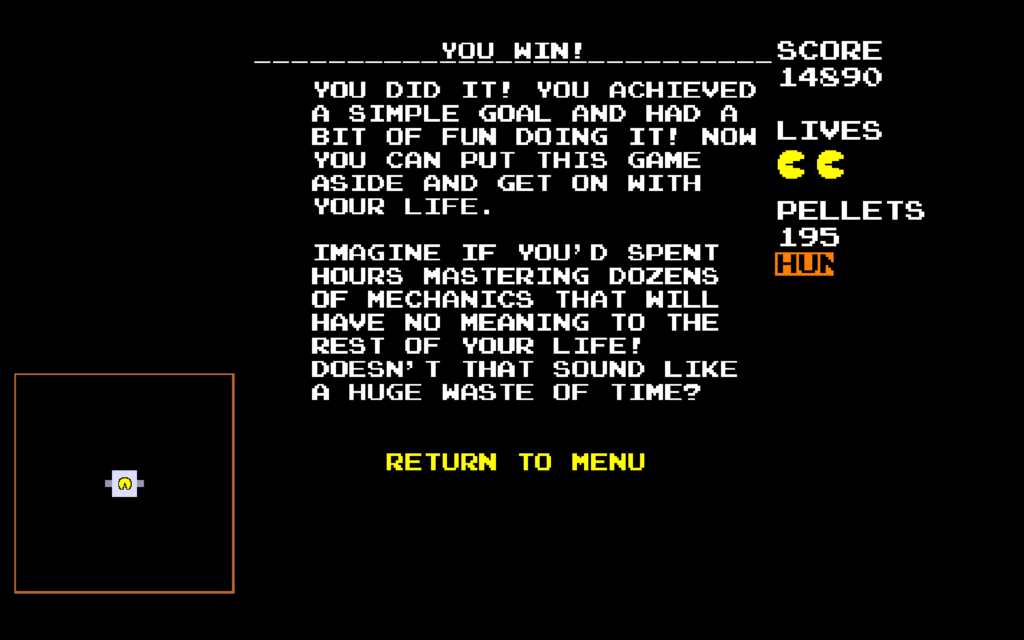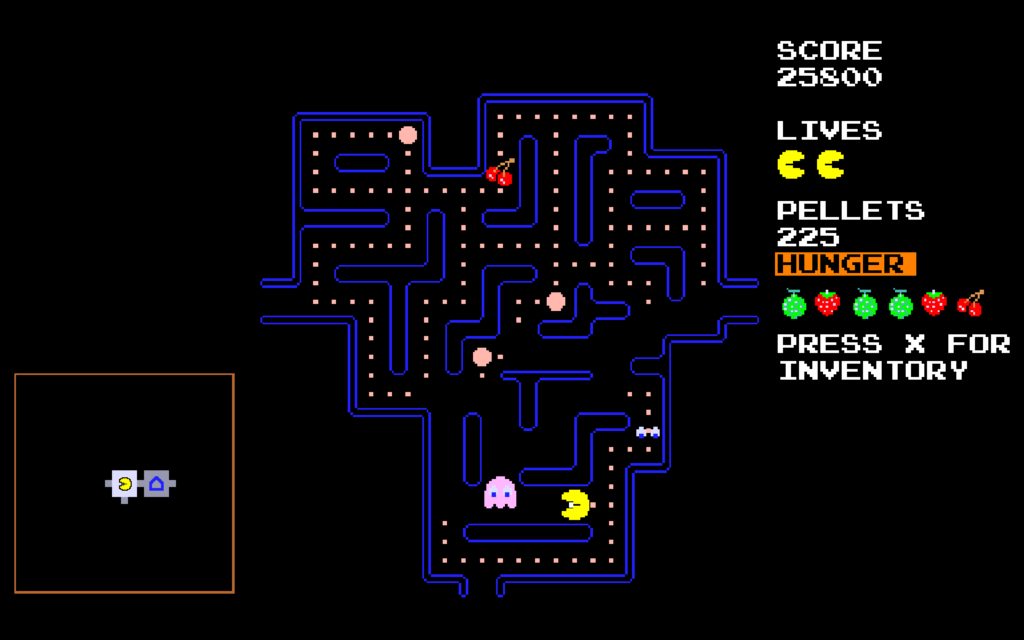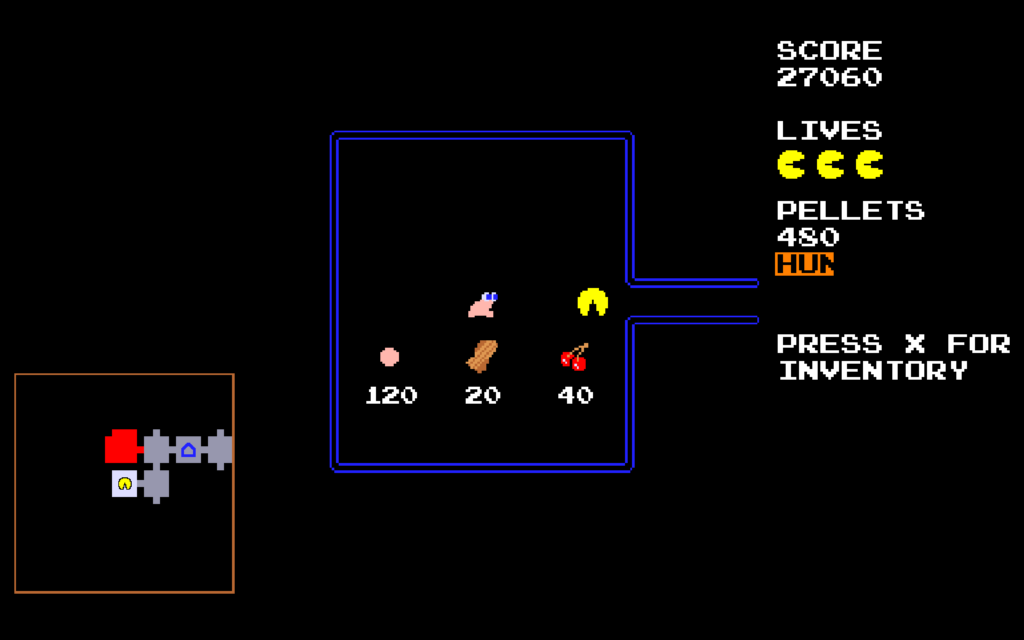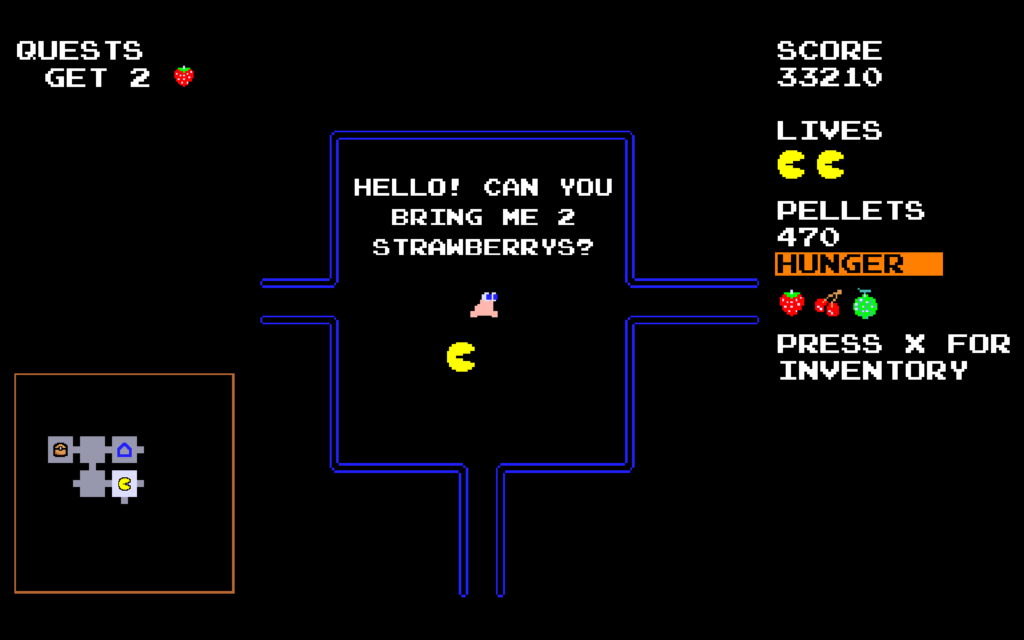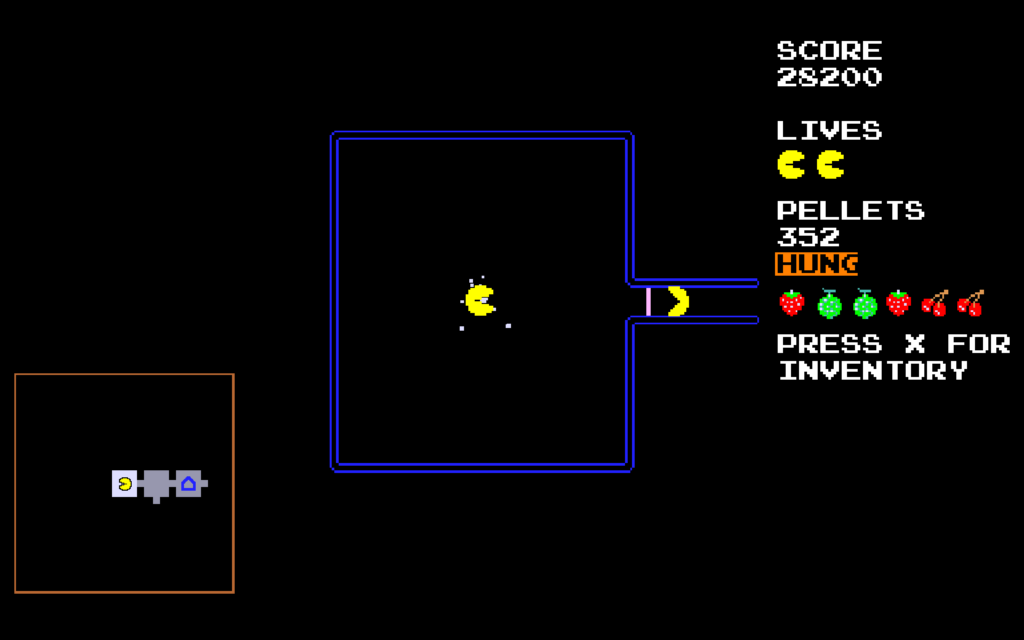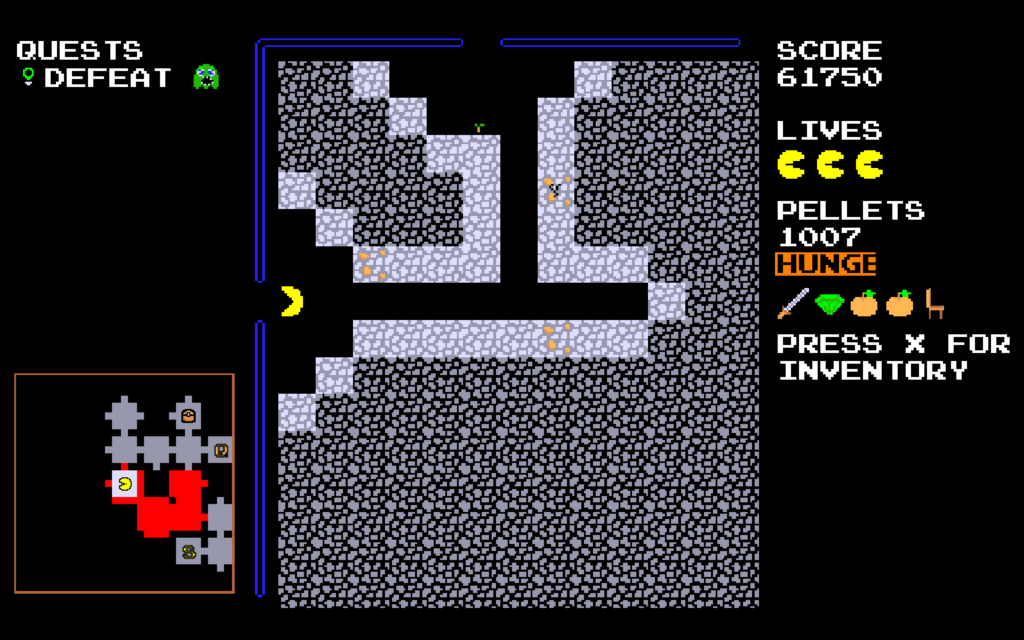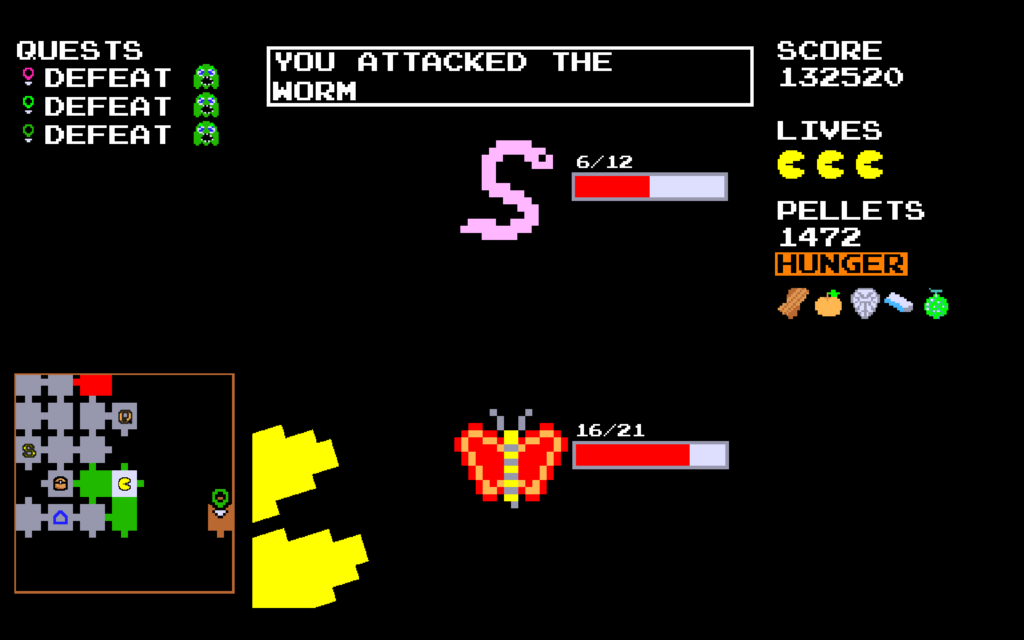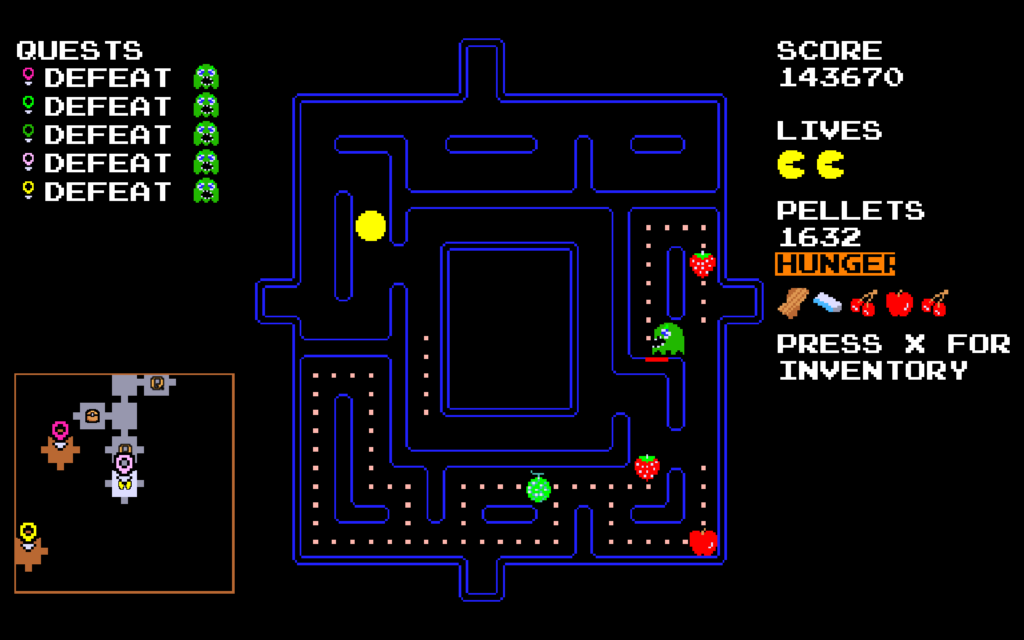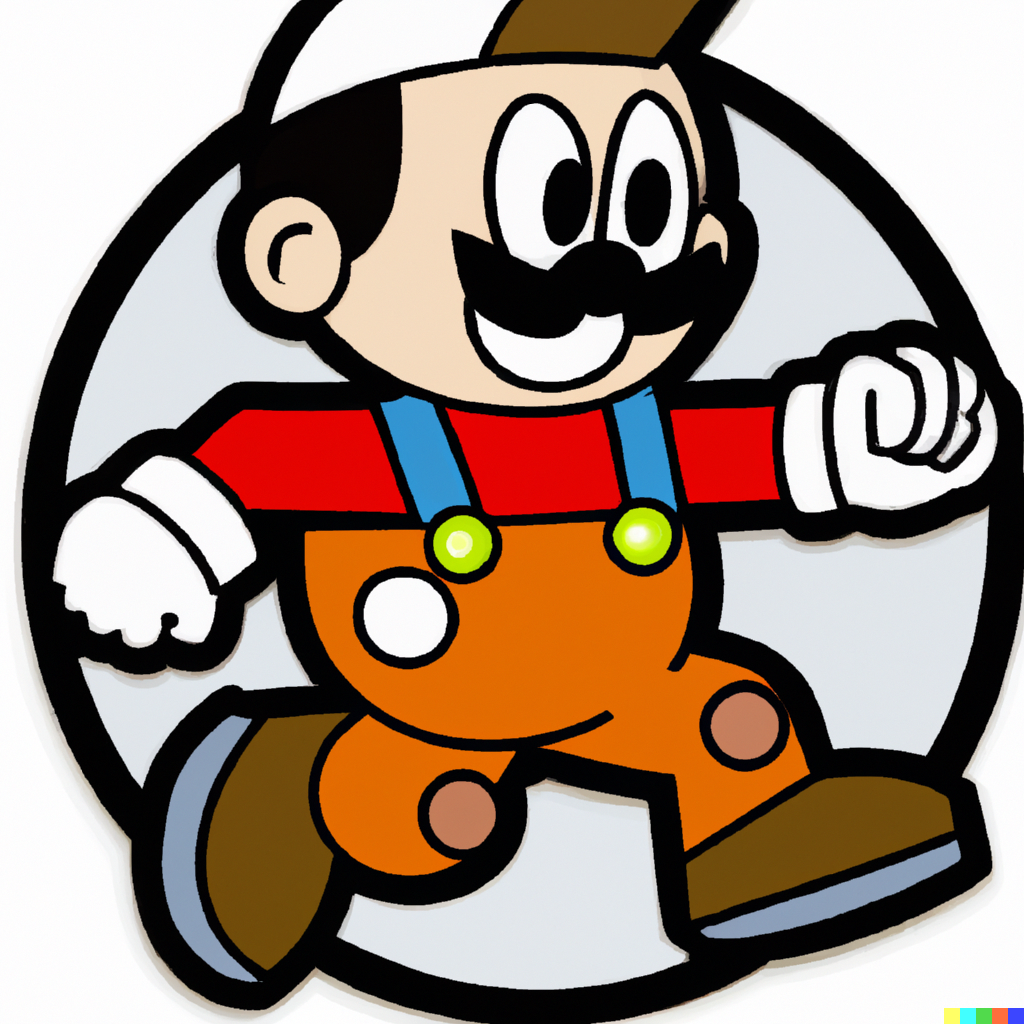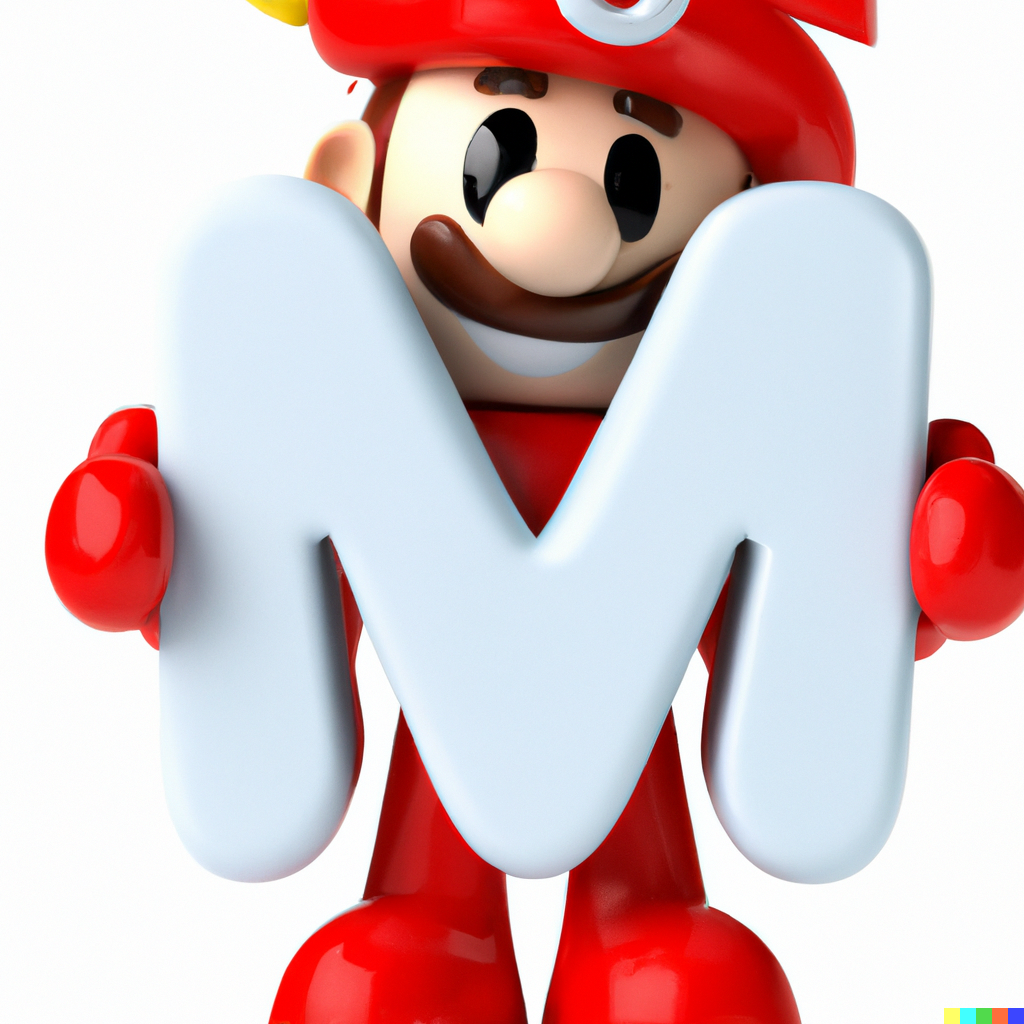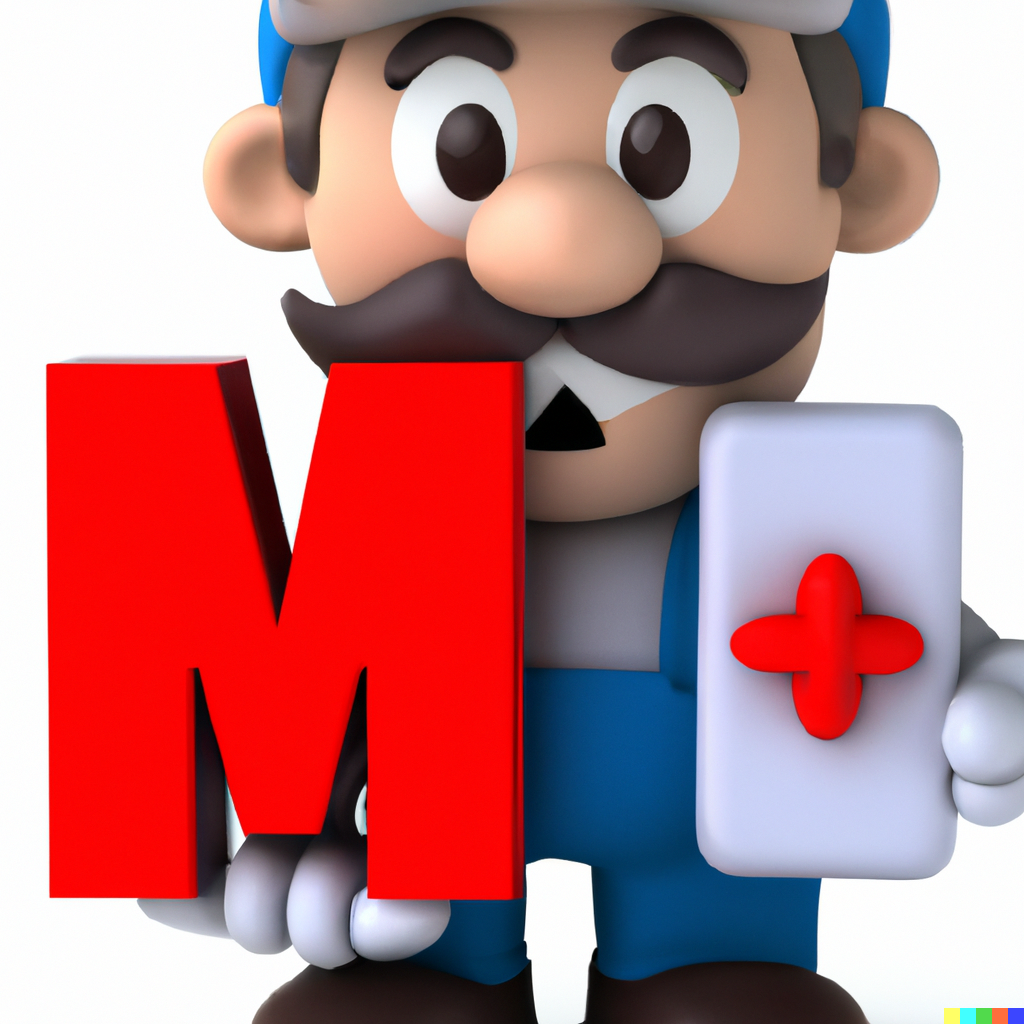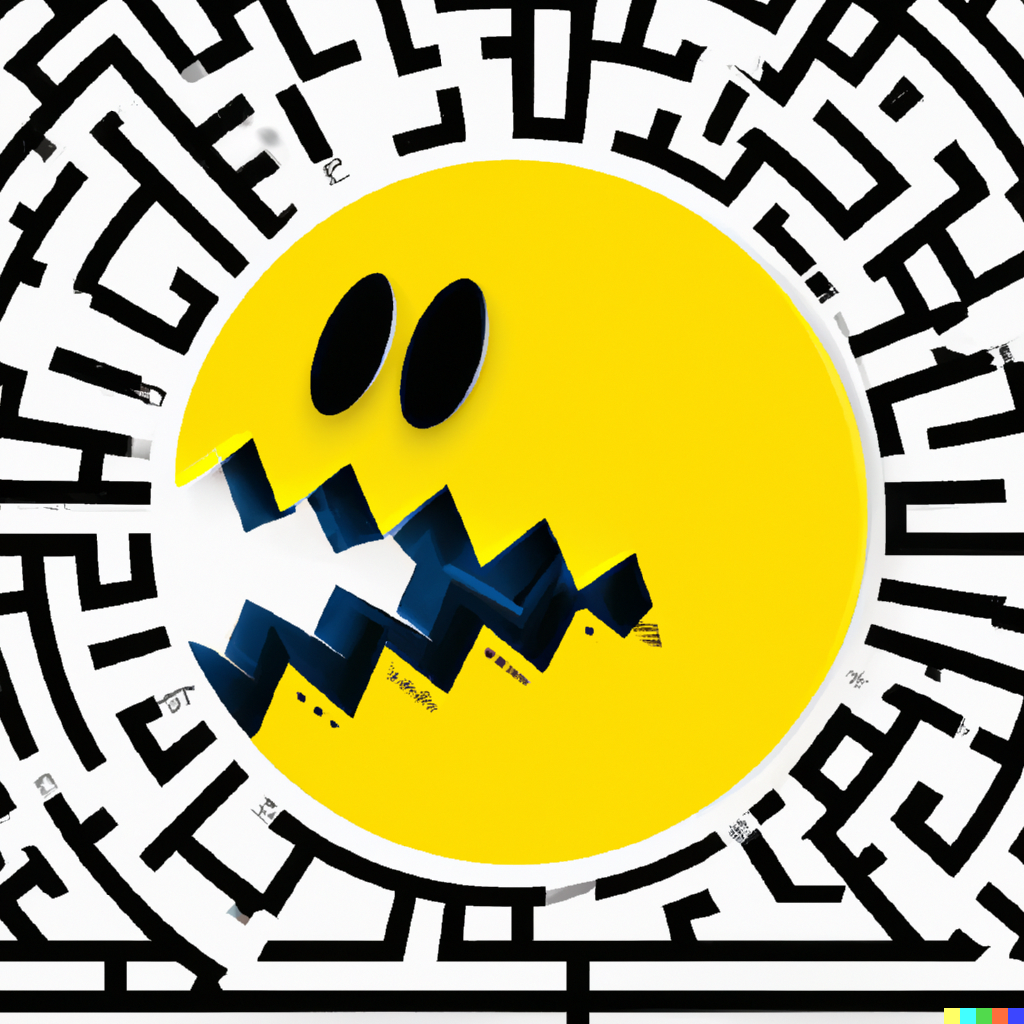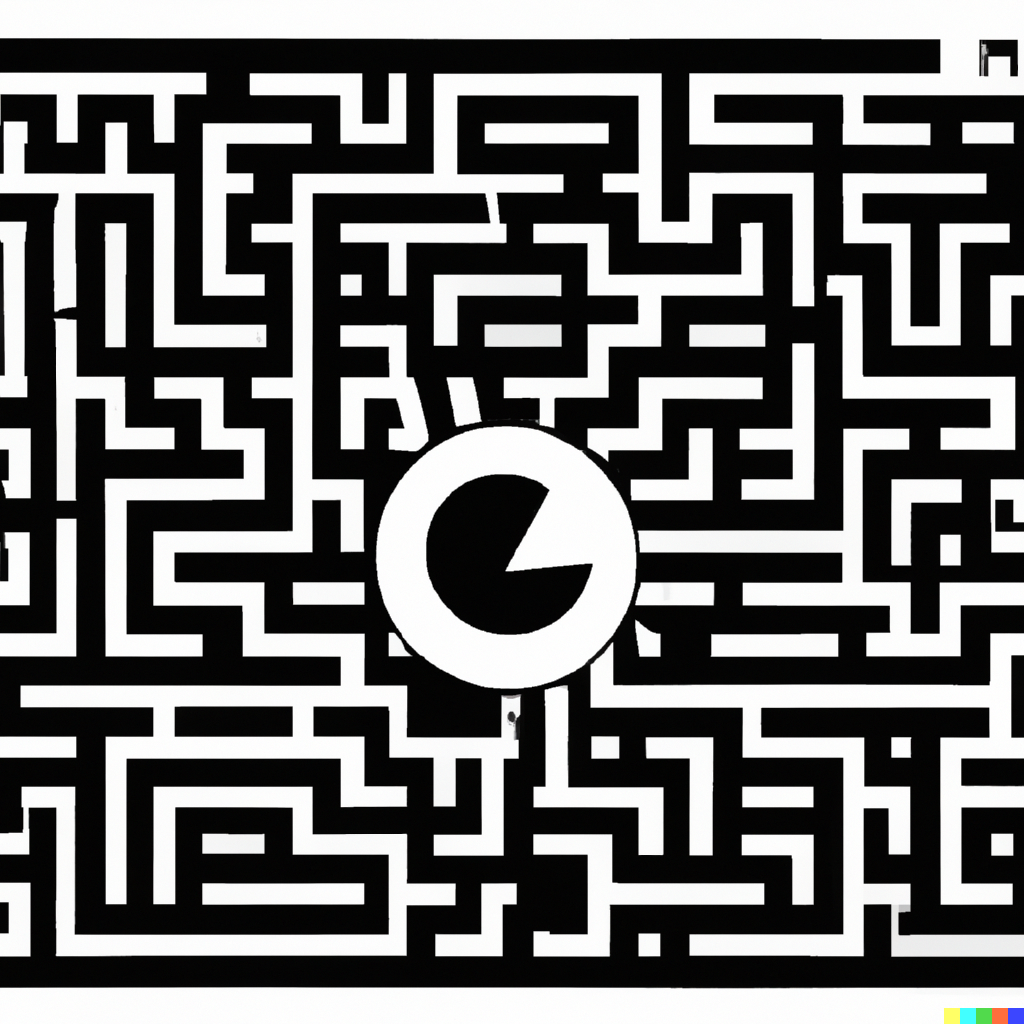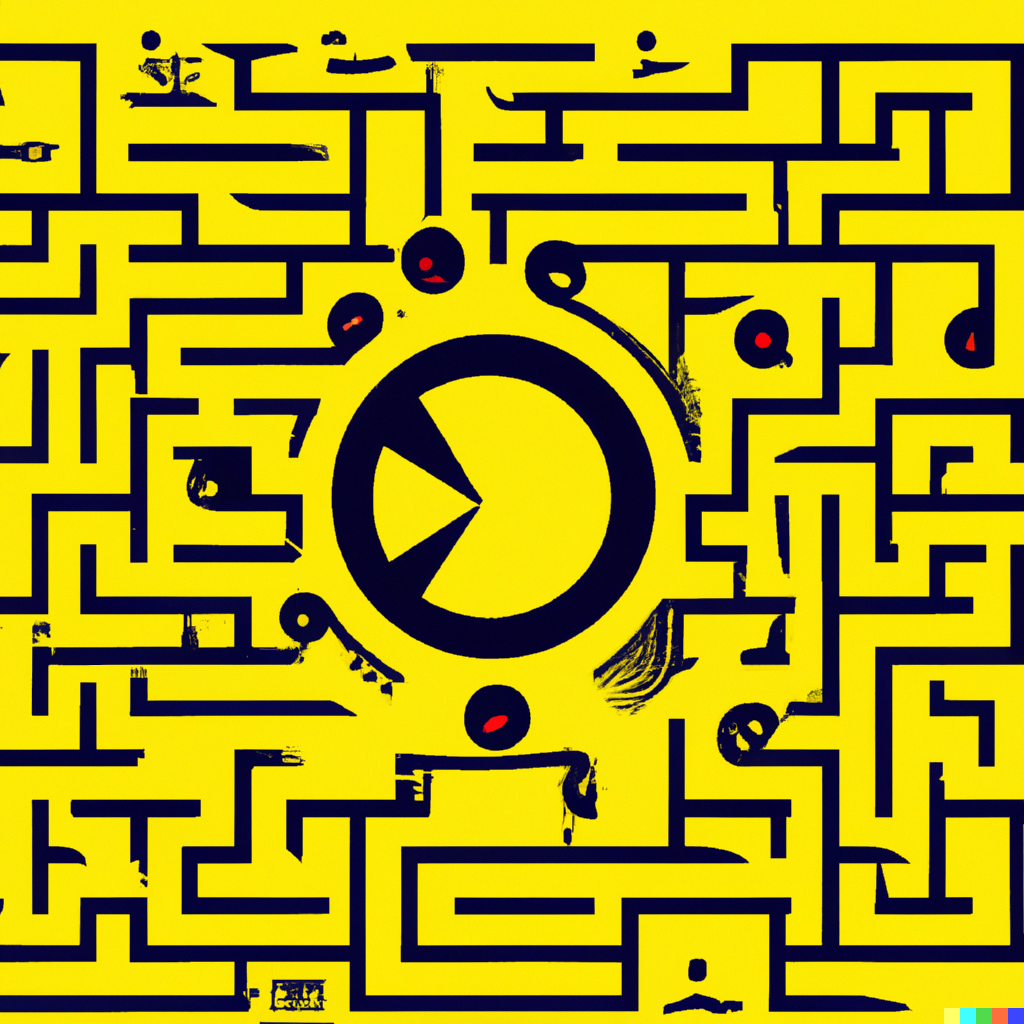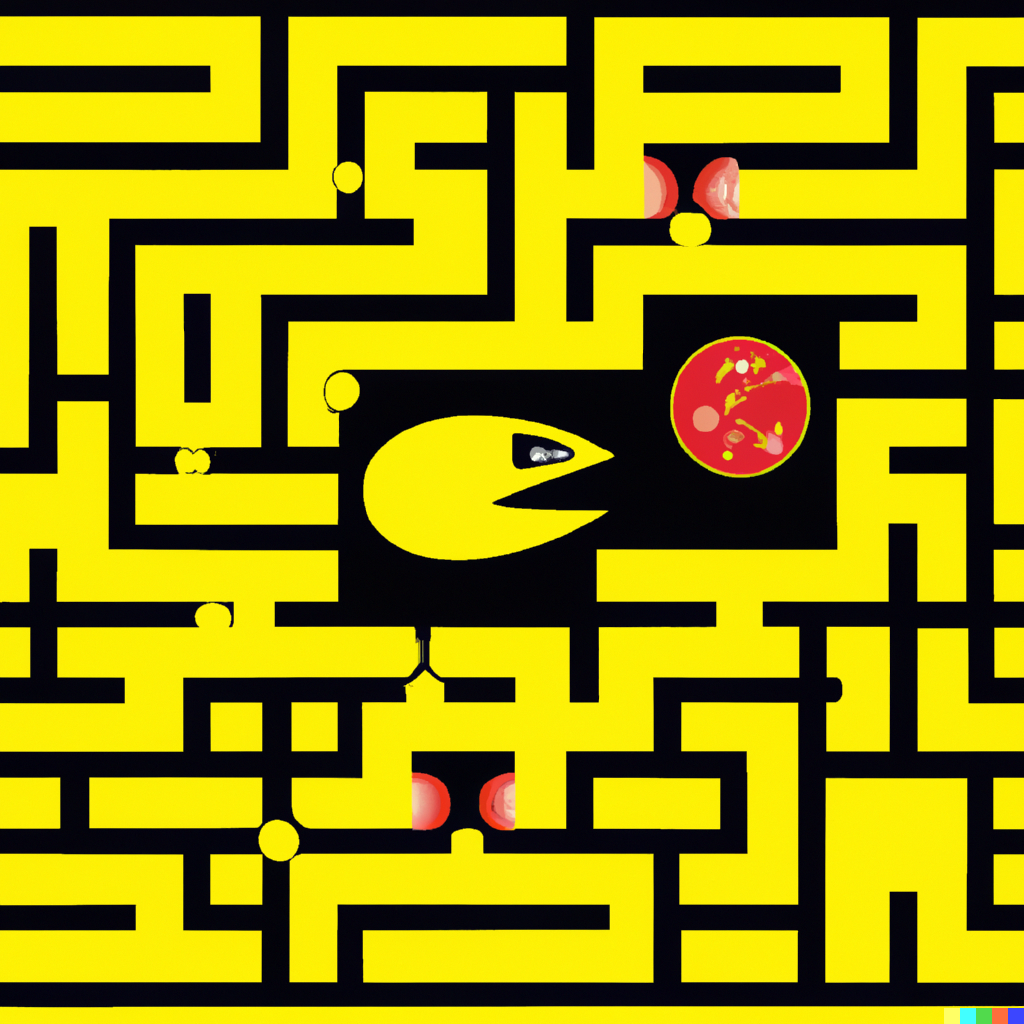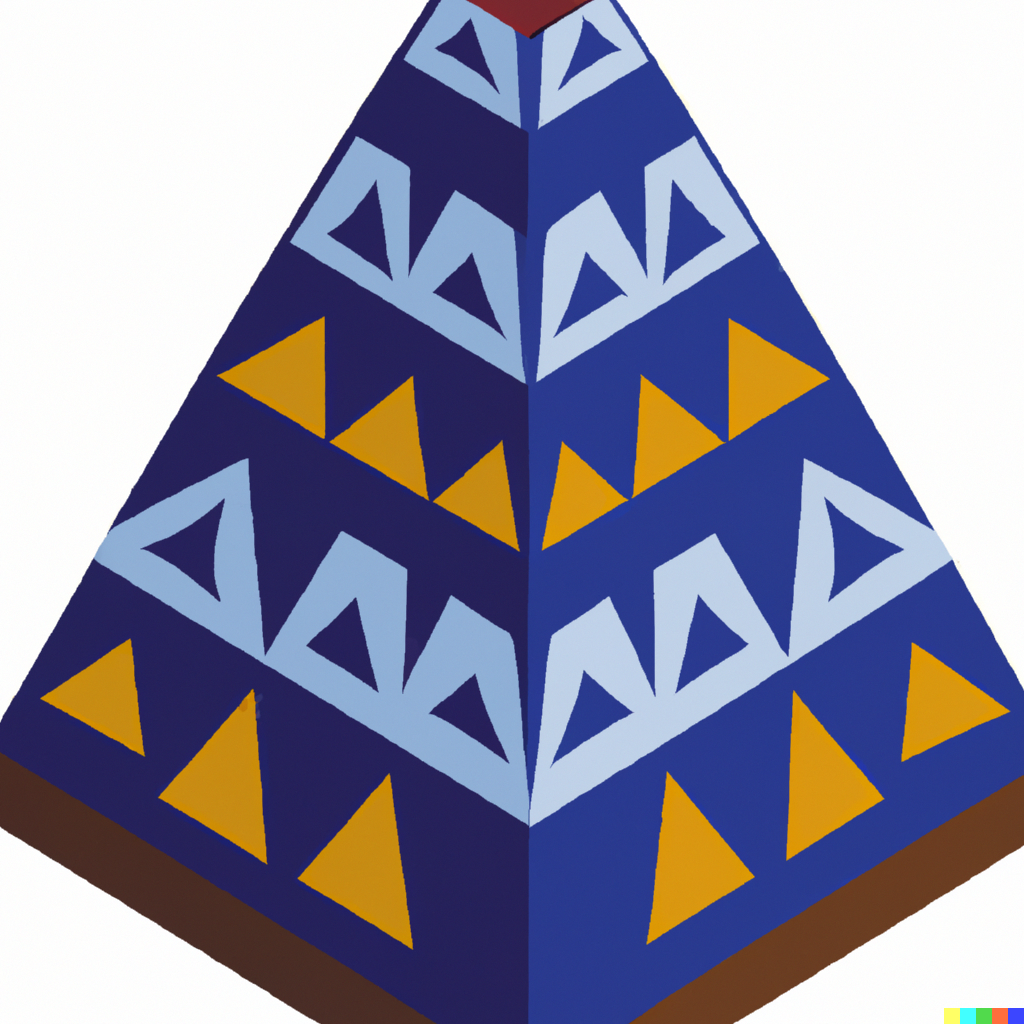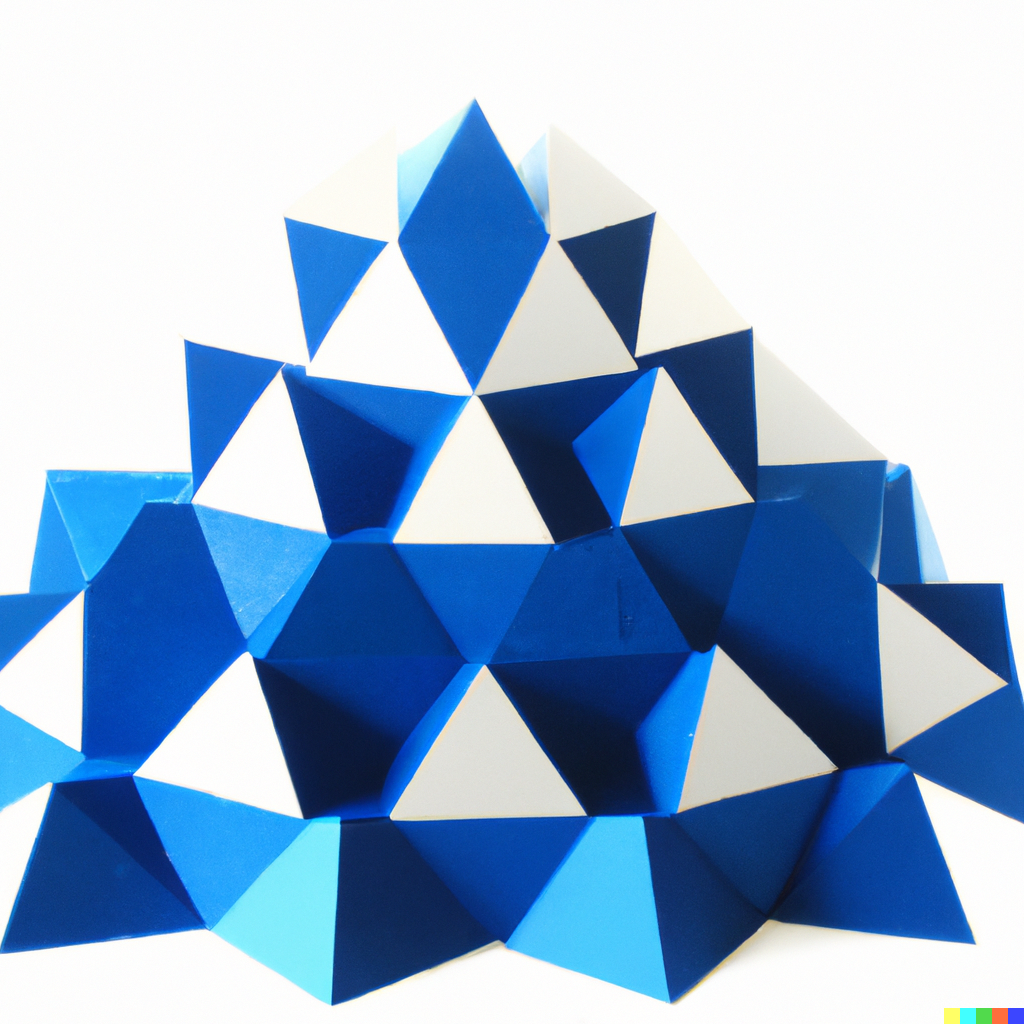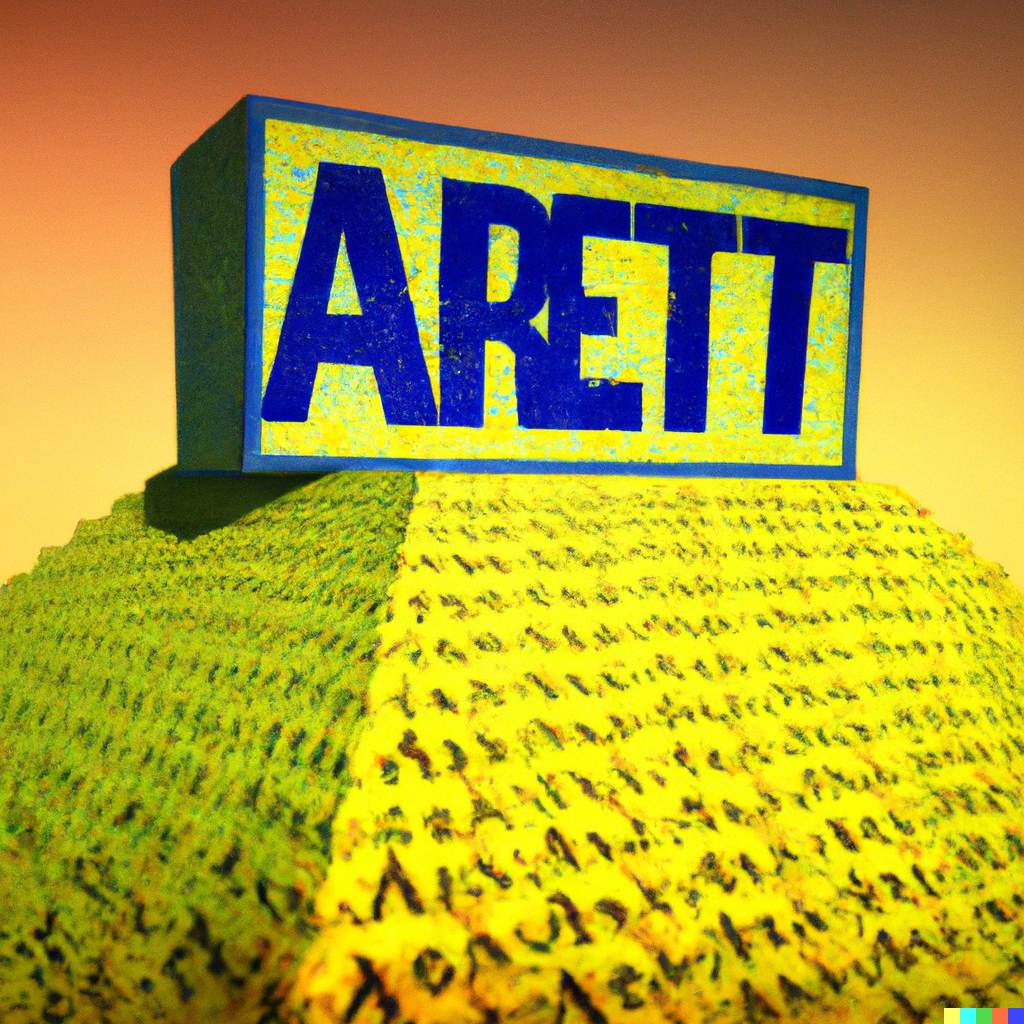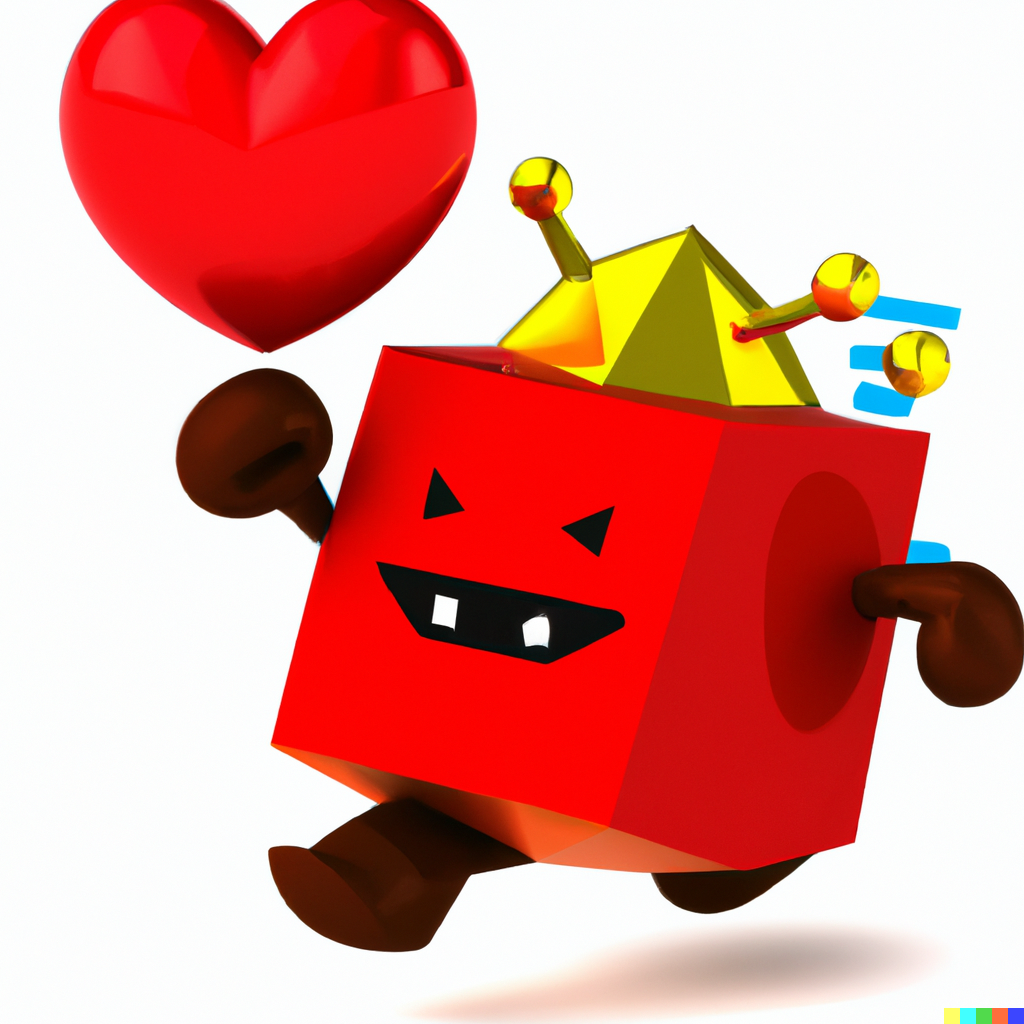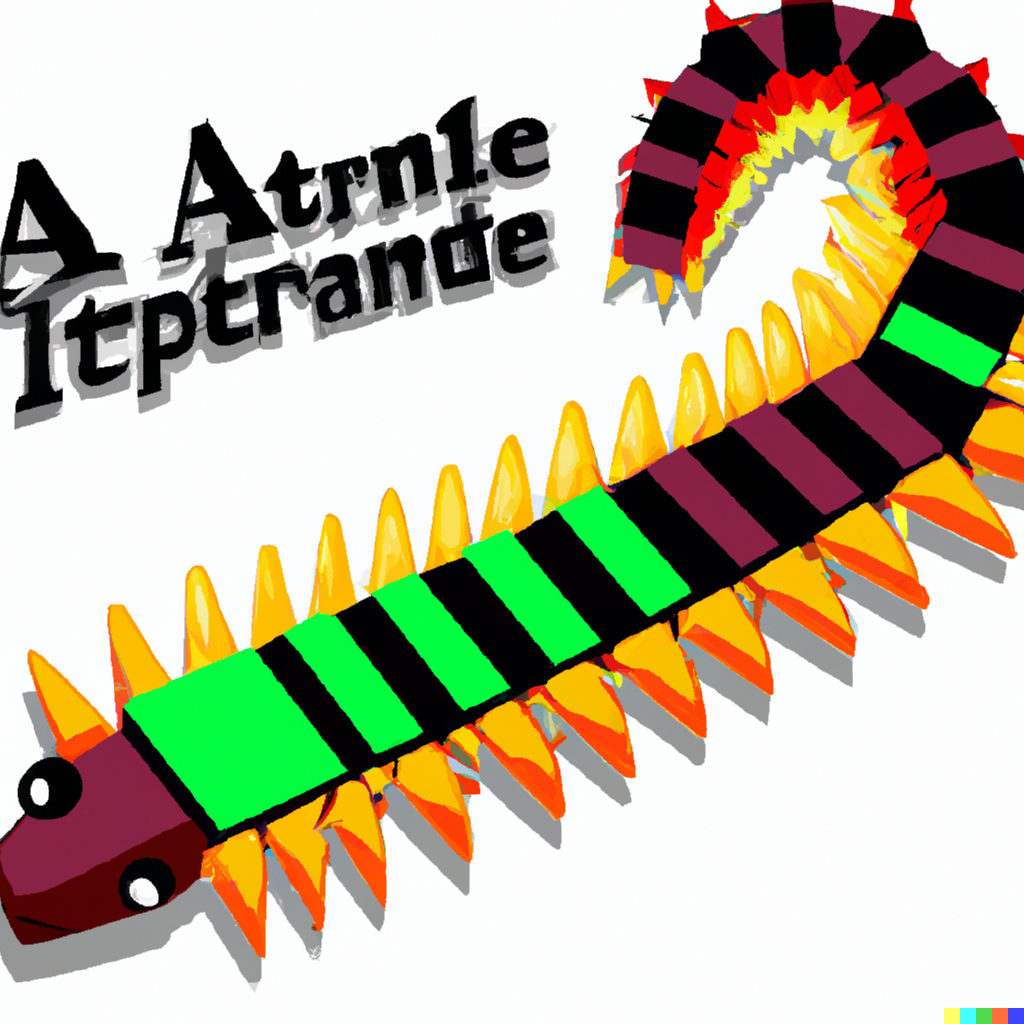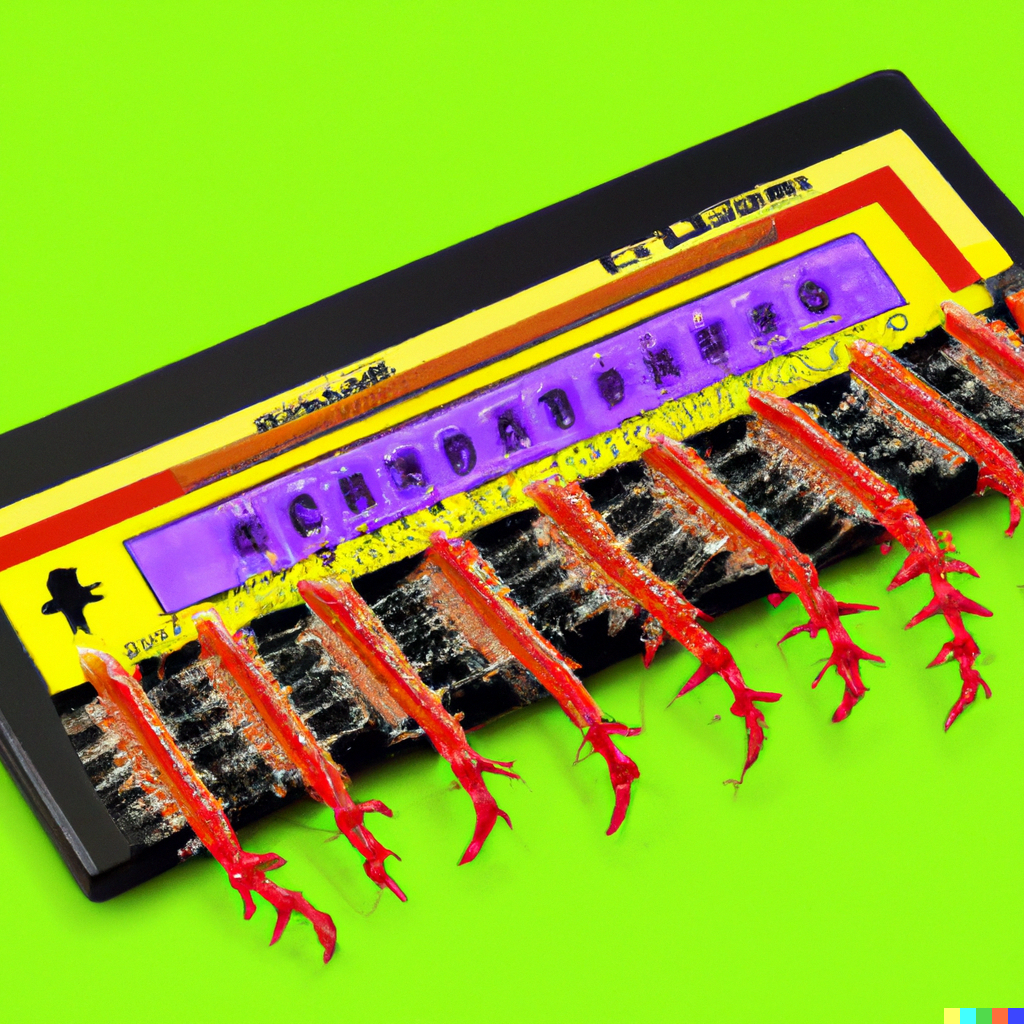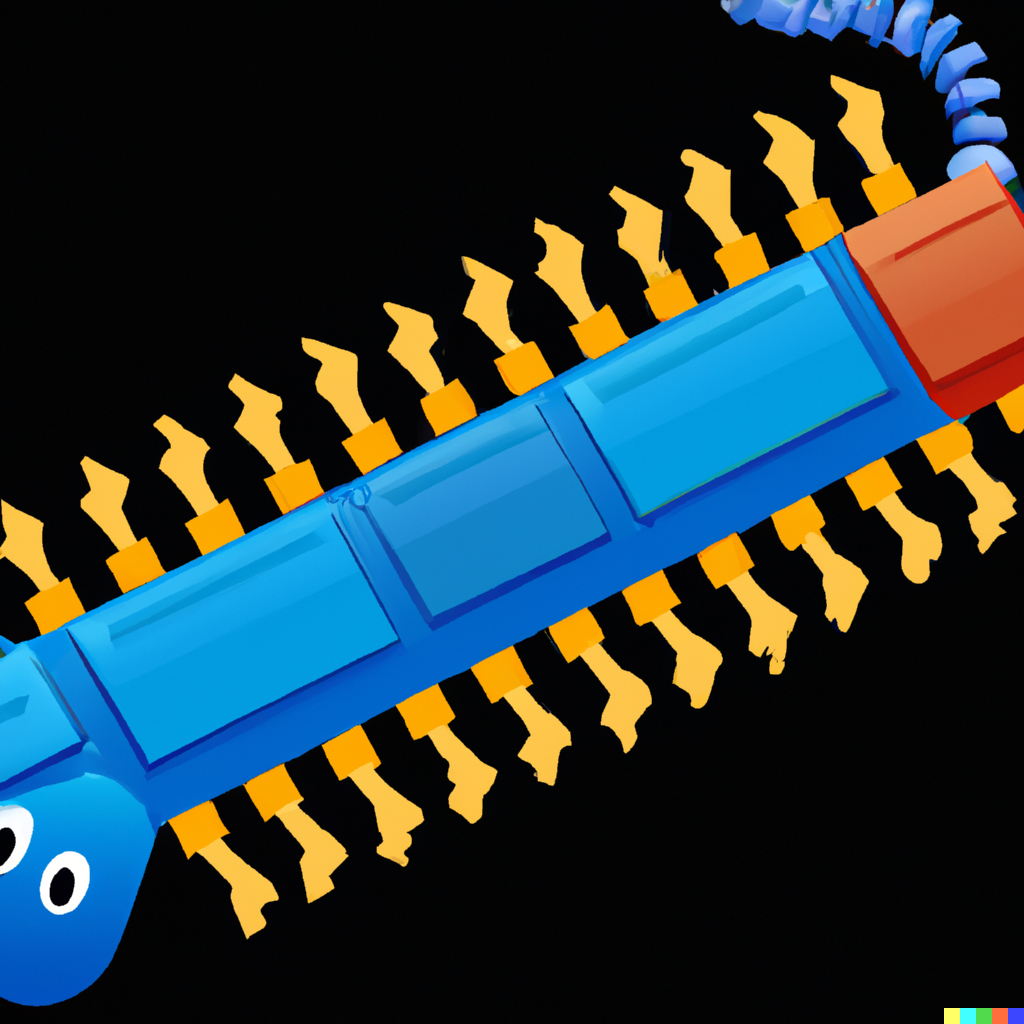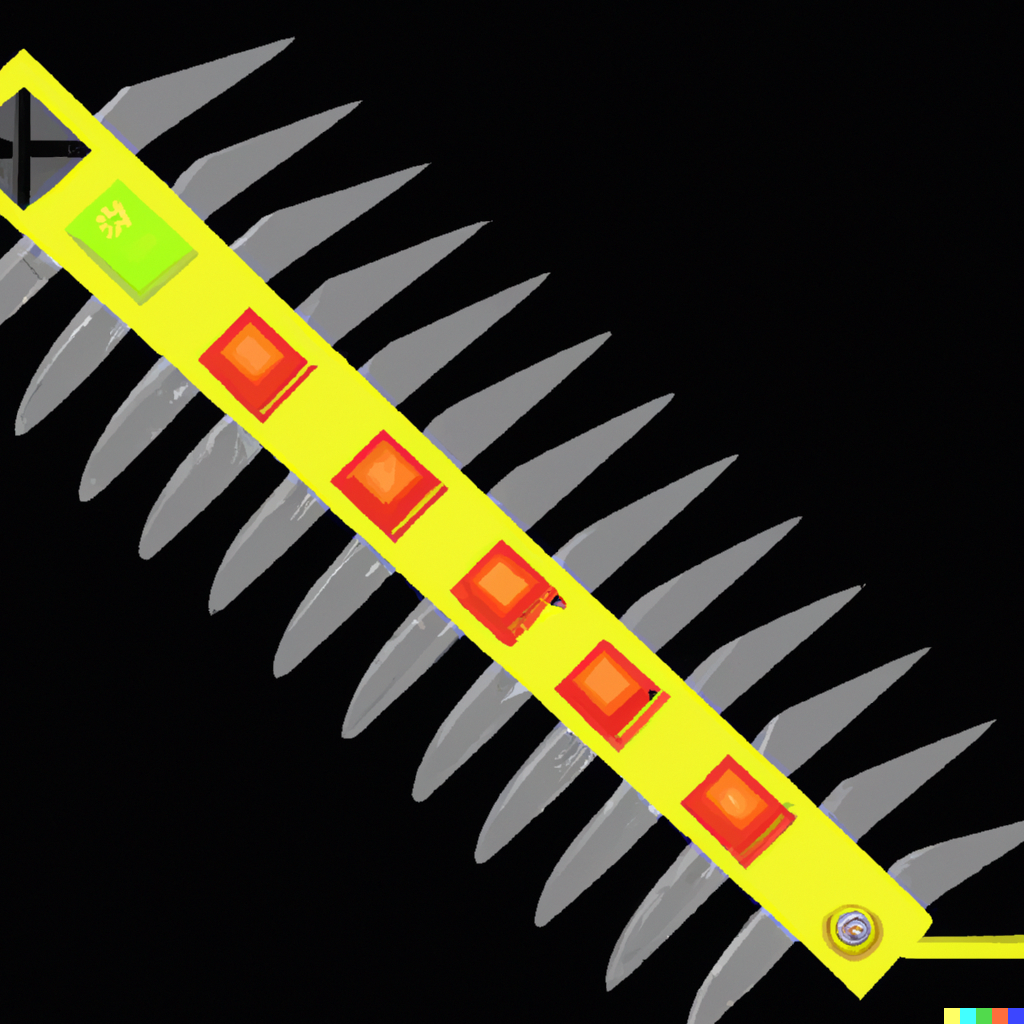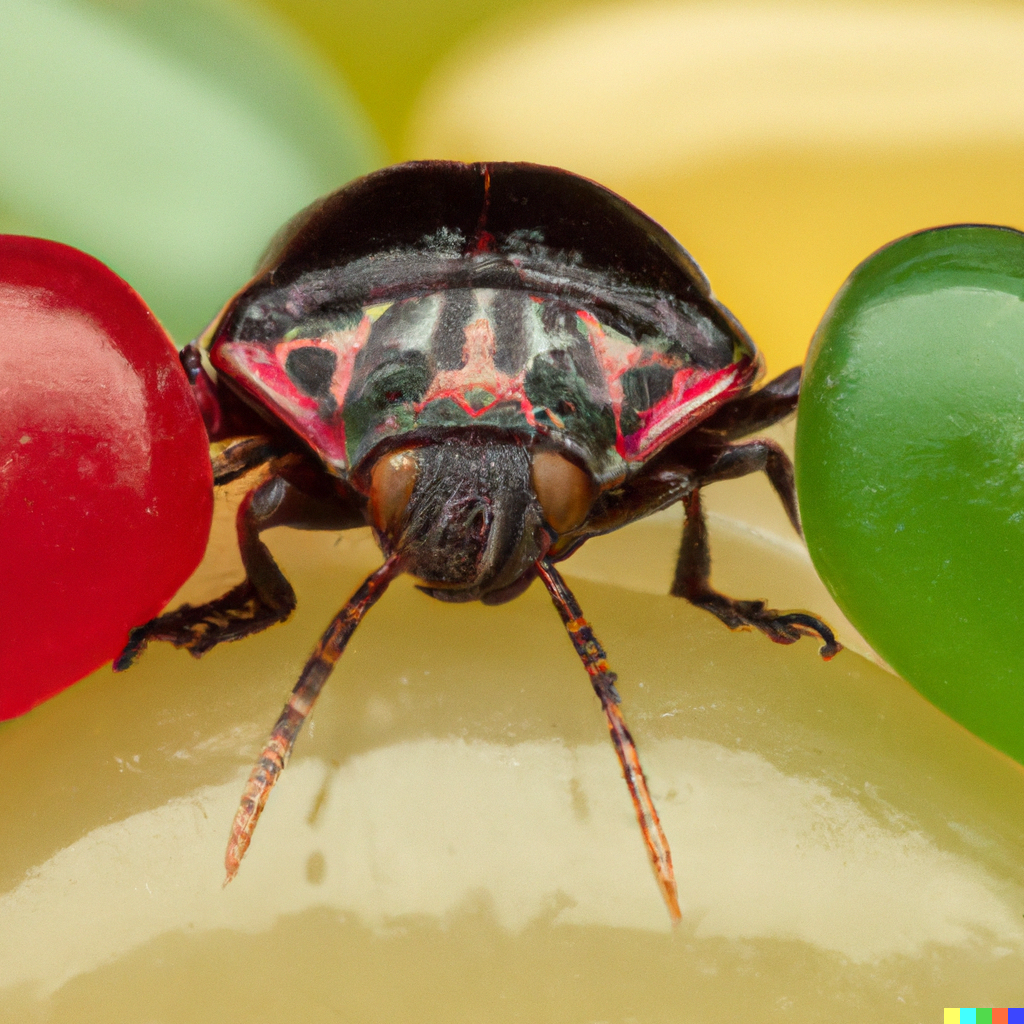I did a search of the blog to make sure I haven’t posted this before. I’m really an obsessive tagger, and it didn’t show up under the tag pacman, so I think it hasn’t been seen here before. Let’s fix that now!
It’s a video from Retro Game Mechanics Explained from six years ago, and it’s 11 1/2 minutes:
Here’s a terse summary of the explanation, that leaves out a lot. Like a lot of 8-bit games (the arcade version uses a Z80 processor), Pac-Man stores the score in one byte, making the maximum it can count to 255. Since it doesn’t use signed arithmetic, it doesn’t use the high bit to signify a minus sign and so flip to negative at 128.
As an optimization, Pac-Man’s code uses the depiction of the maze in the video memory, itself, in the movement of both Pac-Man and the ghosts. If a spot has a maze wall tile, then Pac-Man can’t go there, and the ghosts won’t consider that direction when moving.
At the start of every level, the game performs some setup tasks. It draws the maze anew, including dots, Energizers and walls. One of these tasks is to update the fruit display in the bottom-right corner. It was a common design idiom at some arcade manufacturers, especially at Namco, at the time to depict the level number with icons in some way. Galaga shows rank insignia in the corner; Mappy has small and large balloons and mansions.
Pac-Man’s code shows the bonus fruit for each level, up to seven of them. If you finish more than seven levels, only the most recent seven are shown. If you get far enough eventually this will be just a line of Keys, the final “fruit.”
The code draws them from right to left. There’s three cases (the video goes into much more detail), but generally it starts from the fruit of six minus the current round number, draws it, counts up once and moves left two tiles, draws that one, and so on.
An interesting fact about Pac-Man’s graphics hardware is that the screen doesn’t map as you might expect to the screen! A lot of arcade games have weird screen mappings. Most consumer programmable hardware will map characters horizontally first vertically second, like a typewriter*.
In Pac-Man, the bottom area of the screen comes first in memory, starting at memory location hex $4000 (16384 decimal), and it doesn’t go forward like an English typewriter, but is mapped right to left. The first row of 32 tiles comes at $4000, and the second row is $4020. Then the playfield area is mapped completely differently, in vertical rows going down starting from the top-right of its region, then the next vertical row is the one to the left of that, and so forth to the left edge of the playfield. Then comes the score area at the top of the screen, which are two final rows mapped the same way as the bottom area, right to left.

When Pac-Man’s score counter overflows, it breaks the check for the limit for only drawing seven fruit, and causes it to draw 256 fruit. This is why the tops of keys are drawn beneath the upper-halves of the fruit at the bottom of the split screen. It also breaks the tile lookup for the fruit.
As it continues writing its missourced fruit tiles in memory, it goes back in memory each time to draw the next fruit, and after the fruit section of the display it keeps going to the left, into the area where Pac-Man’s lives are displayed, then it keeps going and overwrites half of the maze tiles. Then Pac-Man’s lives (and any empty spaces that indicate the lack of lives) are plotted, overwriting fruit after the first ones drawn and obscuring some of the memory corruption.
Since the game’s actors use that data to decide where to move, and where dots and Energizers are placed, it means they can move outside the bounds of the maze, and that there won’t be enough dots for Pac-Man to eat to complete the level. That’s what makes it a kill screen: if Pac-Man loses a life, a few dots will get placed in the maze as the fruit are redrawn, but it’s not enough to bring the dot-eaten count to 244, which triggers the level clear function.
If the fruit-drawing loop didn’t stop at 256 (another artifact of using 8-bit math for the loop), it’d go on to clobber the rest of the maze, the score area at the top of the screen, then color memory (which has already been clobbered by the palette-drawing portion of the loop). Then, going by a memory map of the arcade hardware, it’d hit the game logic RAM storage, which would probably crash the game, triggering the watchdog and resetting the machine.
The visual effect of the split screen is certainly distinctive, enough that since Bandai-Namco has capitalized on its appearance at least once, in the mobile (and Steam and consoles) game Pac-Man 256. I’ve played Pac-Man 256: it’s okay, but, eh. It’s really too F2P unlocky.
* Yes, I just used a typewriter’s operation as a metaphor for something a computer does. It didn’t feel acceptable to use another computer thing as the comparison, since ultimately the reason they do it that way is because typewriters did it that way too. I guess the fact that it’s English reading order would be better to use, but I’m really overthinking it at this point.

